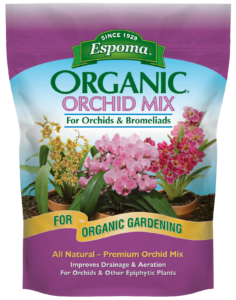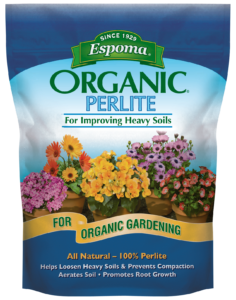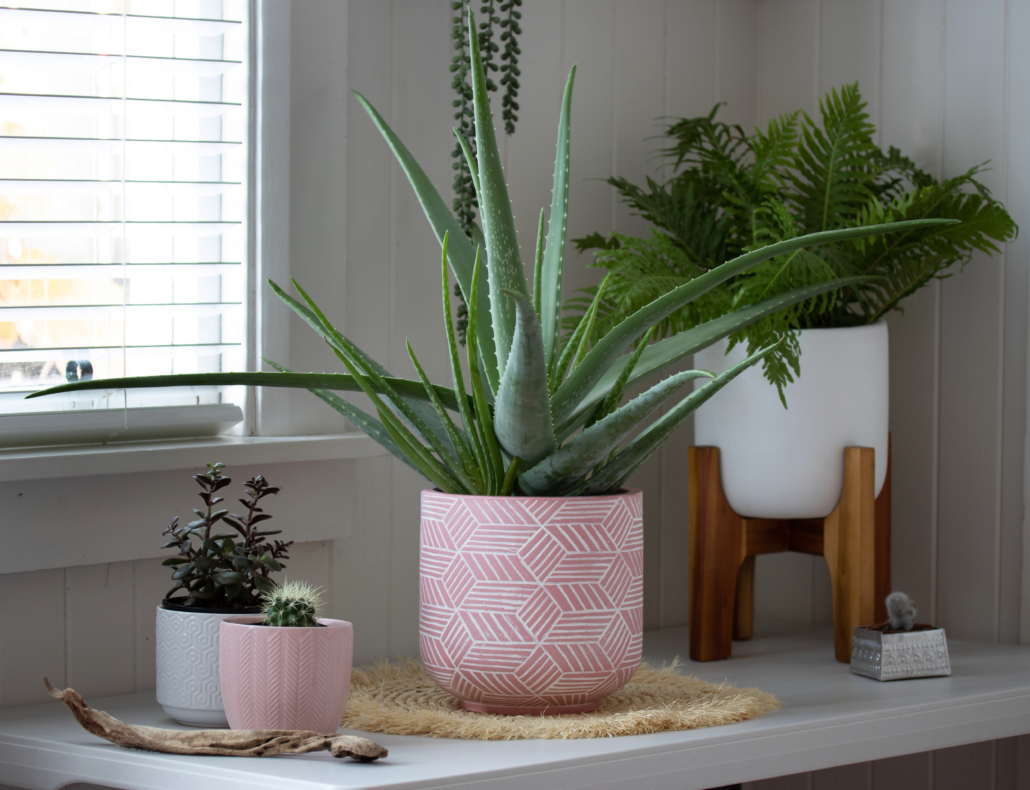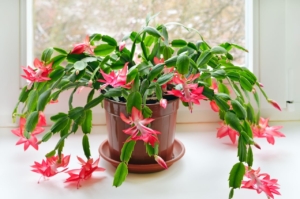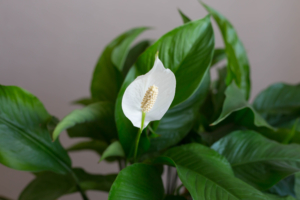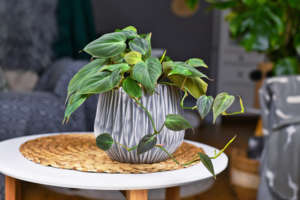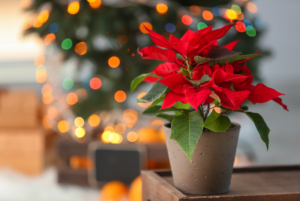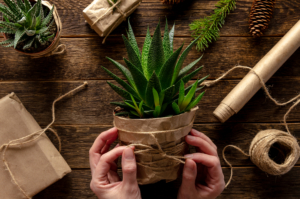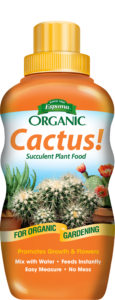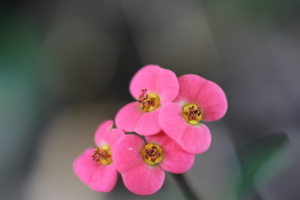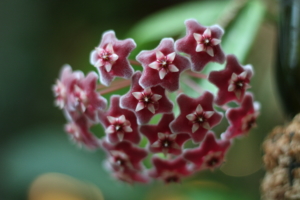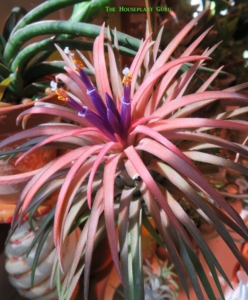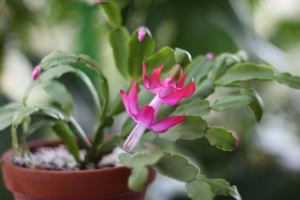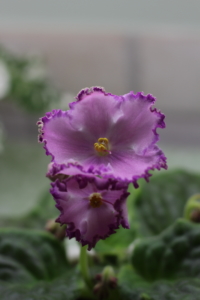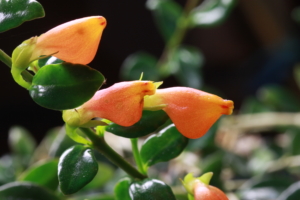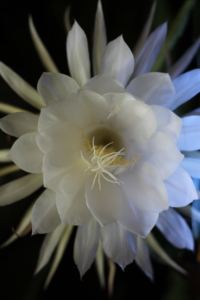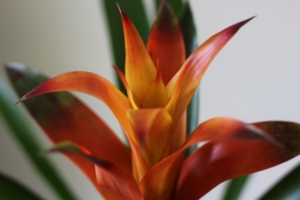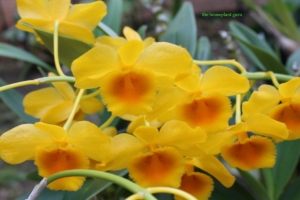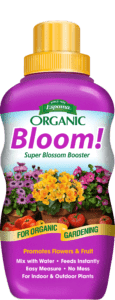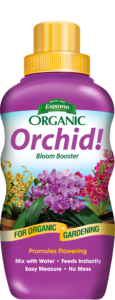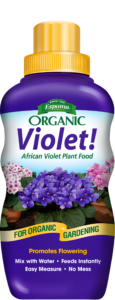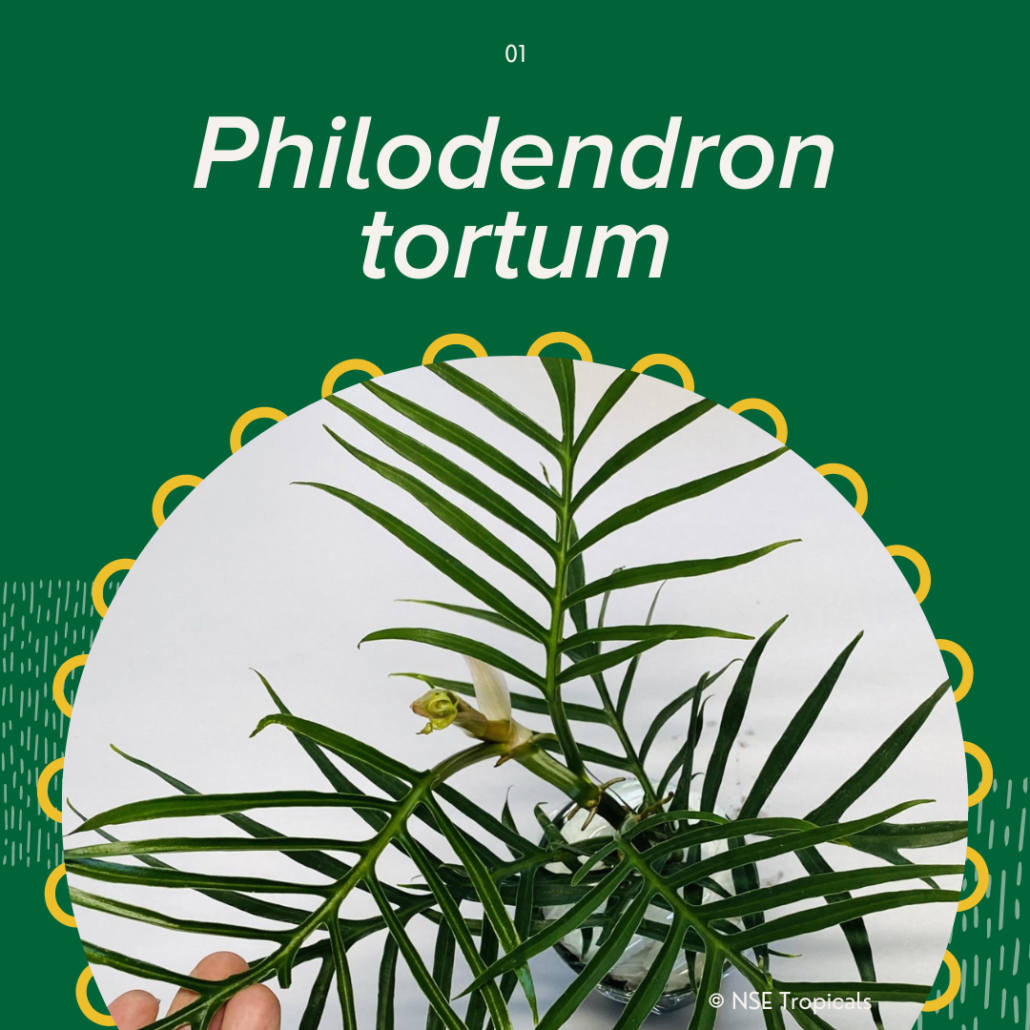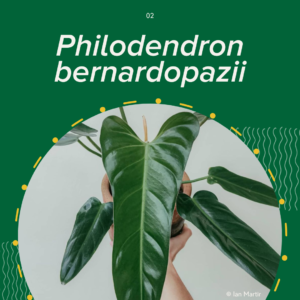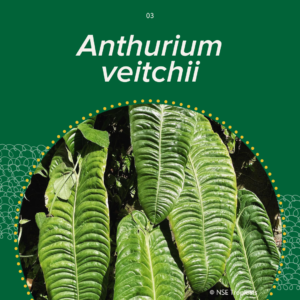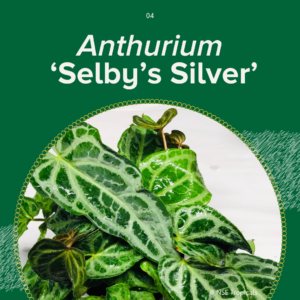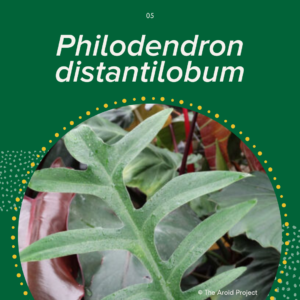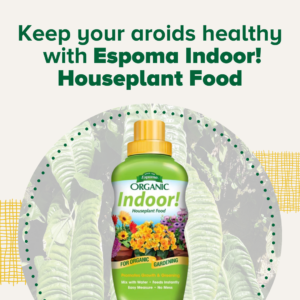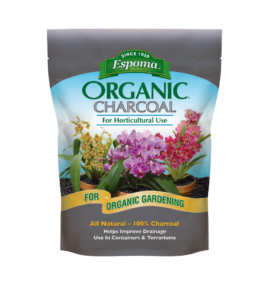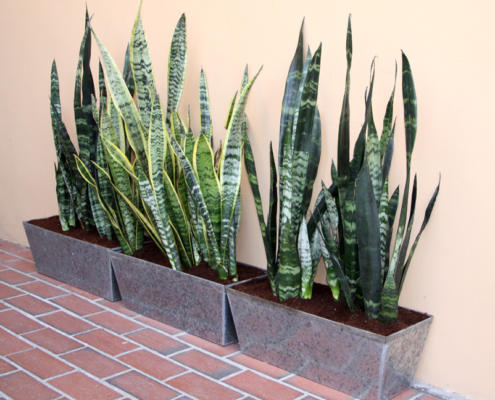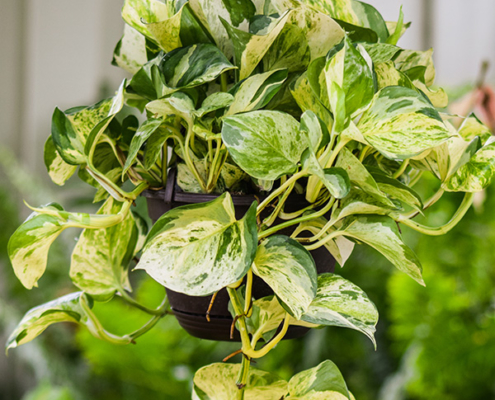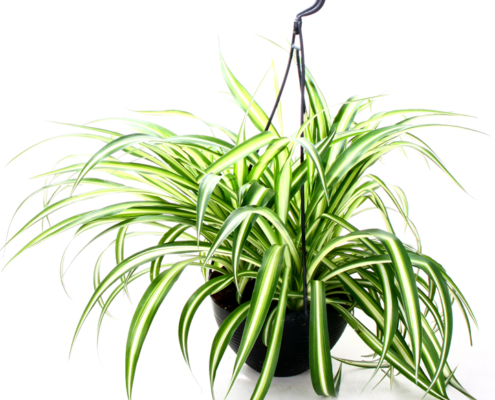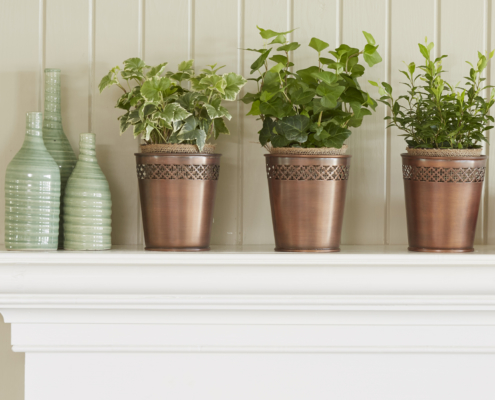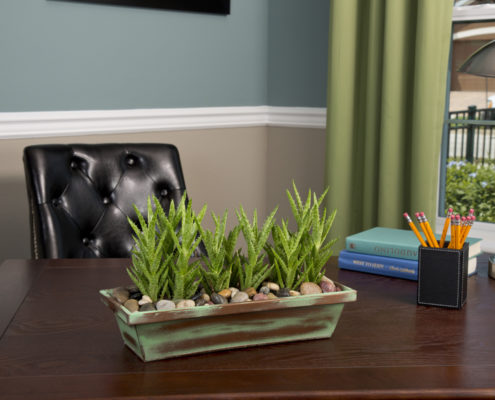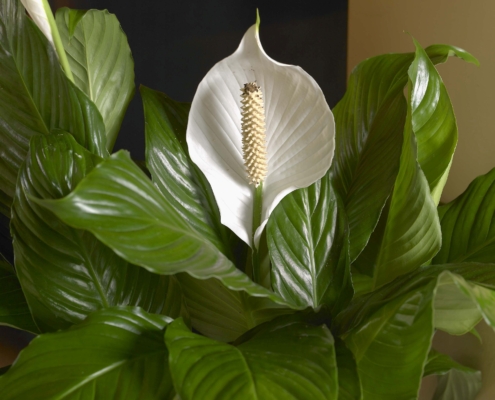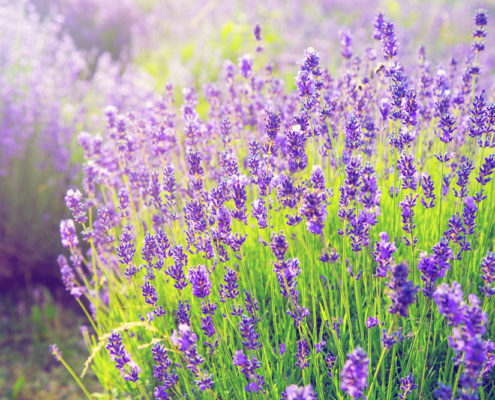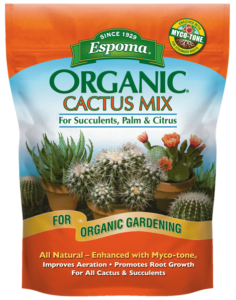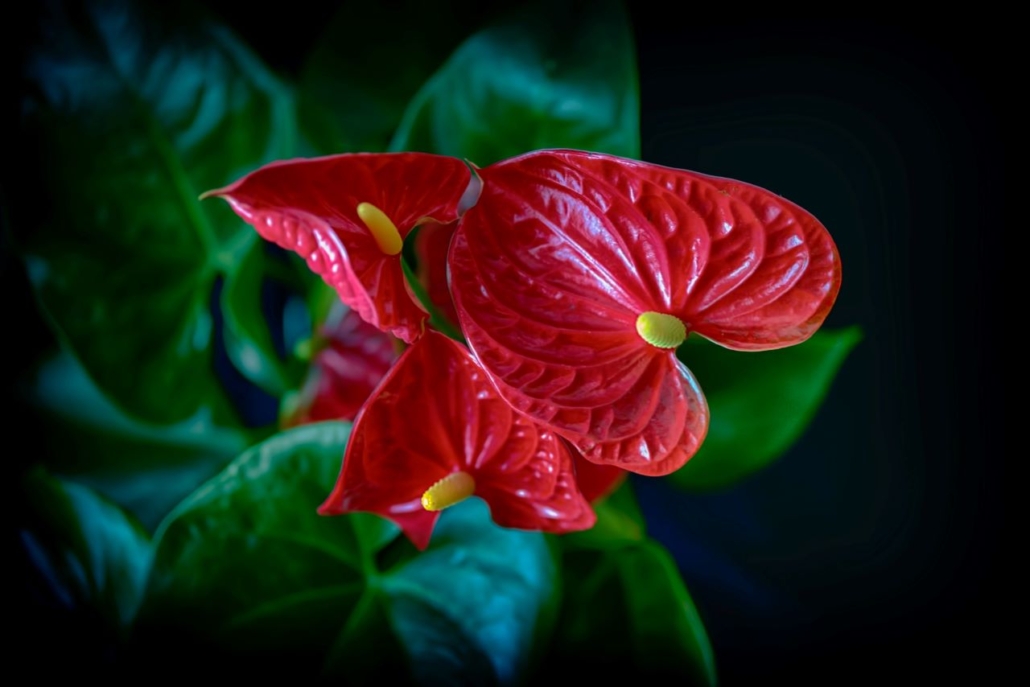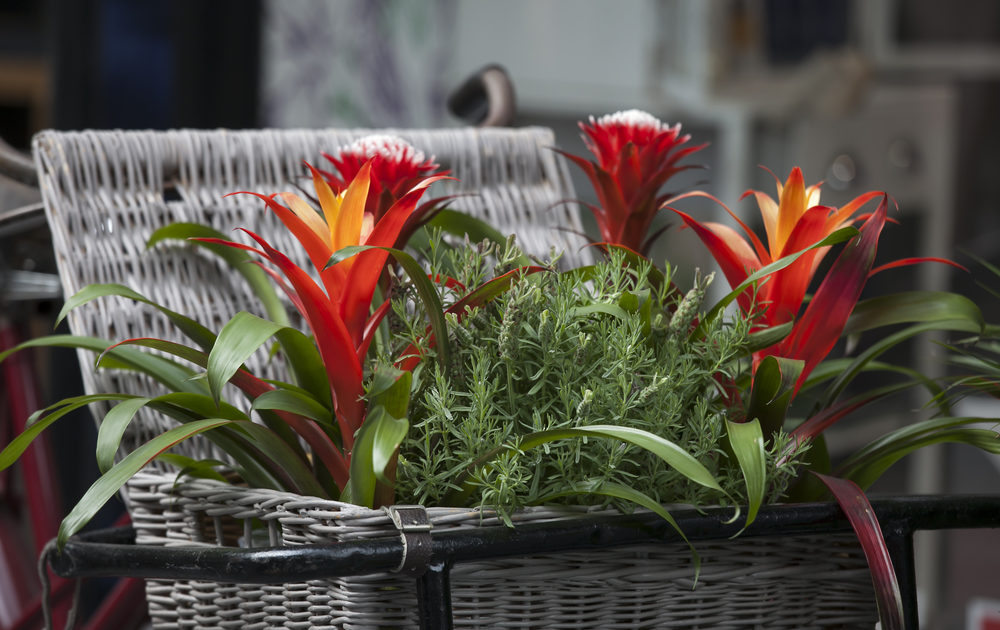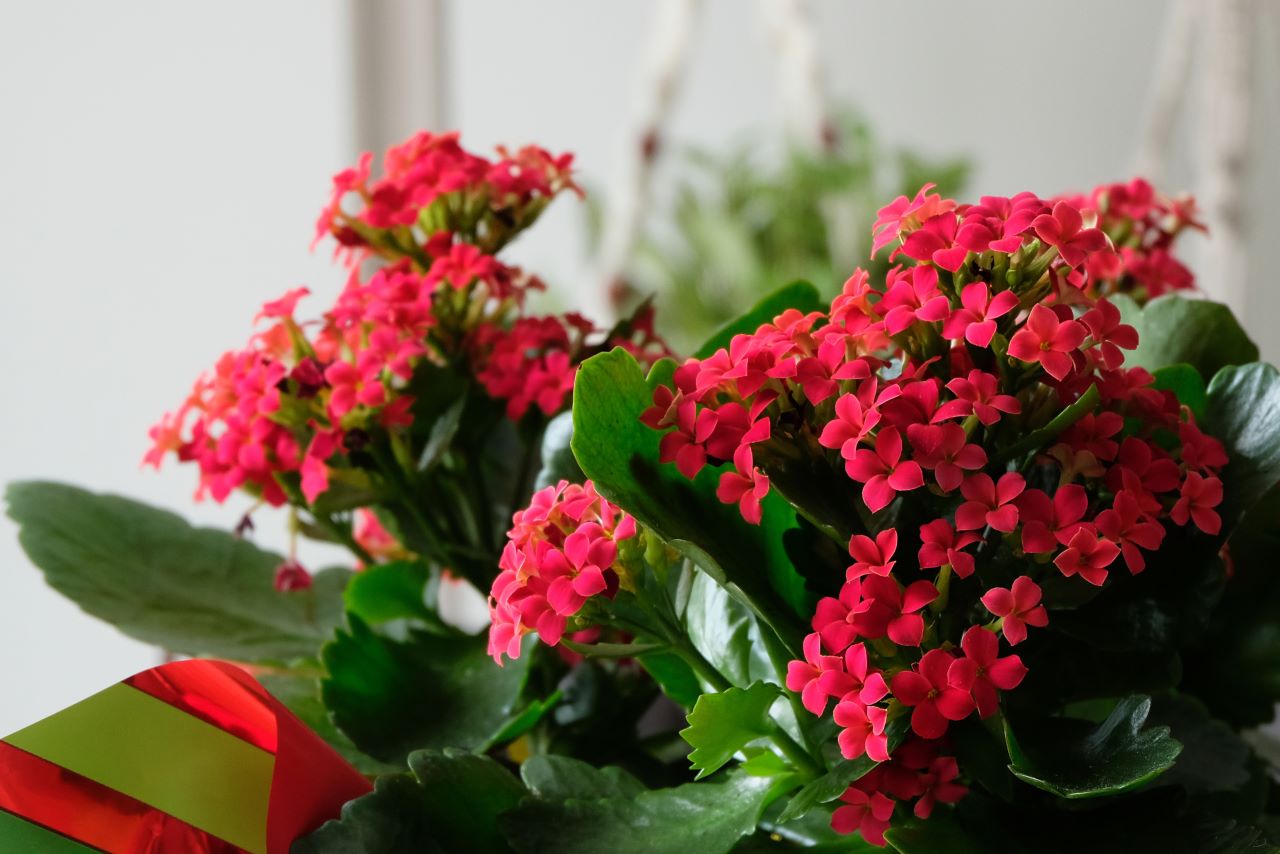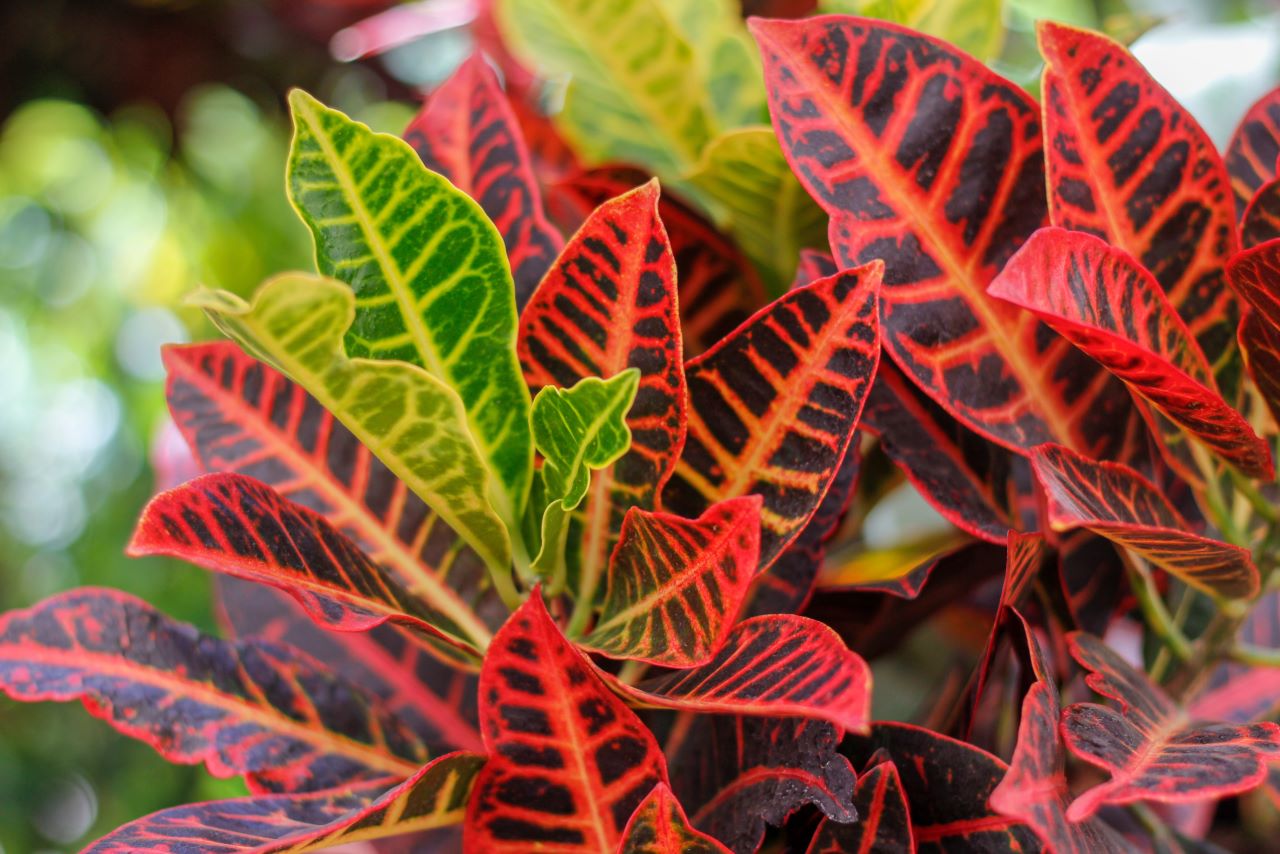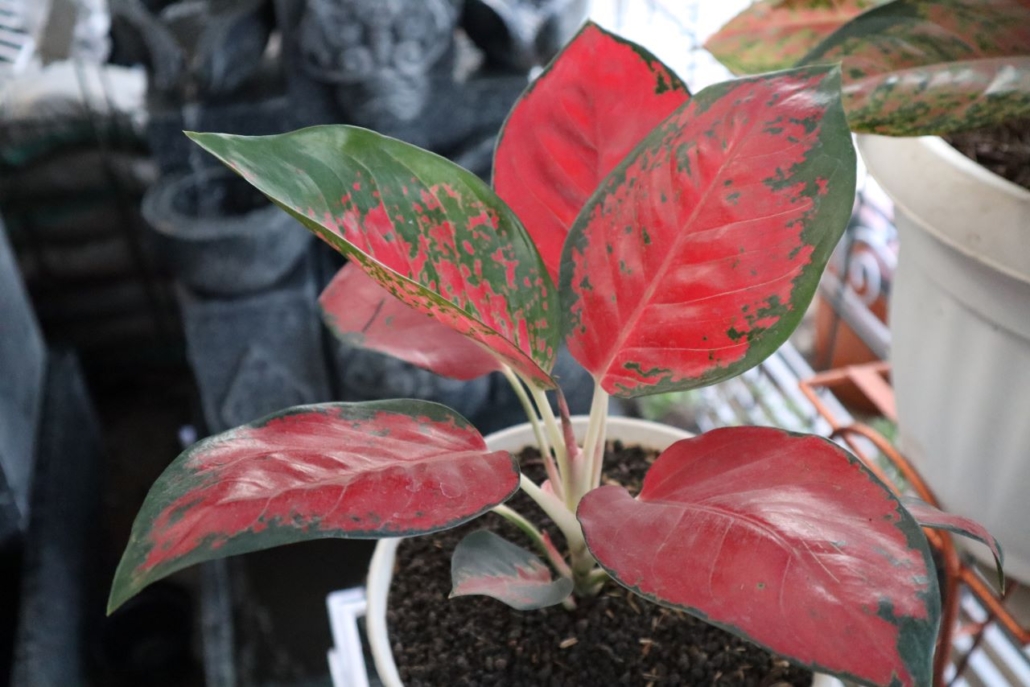BAGR 117 Blog: Alocasia Care 101
There are so many reasons to love Alocasia, from their unique leaf shape to their gorgeous vein patterns and their incredible variety of colors. In this blog, we do a deep dive into Alocasia care.
This blog is inspired by Episode 117 of Bloom and Grow Radio Podcast, where host Maria Failla interviewed Enid Offolter, owner of NSE Tropicals.
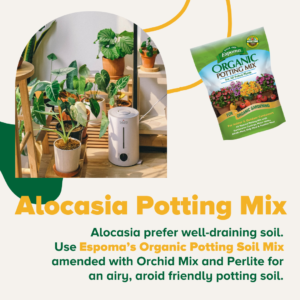
Best Soil for Alocasia
Alocasia plants prefer well-draining soil. Using Espoma’s Organic Potting Soil Mix amended with aerated blends like Orchid Mix and Perlite will ensure an airy potting soil for your Alocasia.
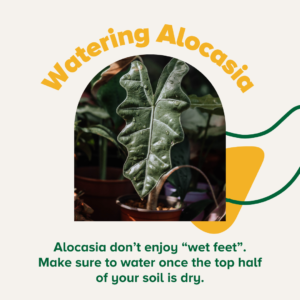
Alocasia Watering Requirements
Because Alocasia plants prefer well-draining soils, they do not like to sit in any standing water. It’s best not to let them dry out completely either. Let the top half of your soil dry out with the bottom half staying moist before you water again.
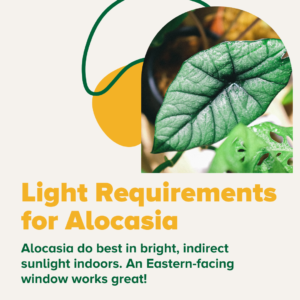
The Type of Light Alocasia Need
Most Alocasia plants need shade, but some large varieties like Alocasia macrorrhiza ‘Borneo Giant’ can tolerate full sun. Smaller varieties like Alocasia reginula ‘Black Velvet’ and Alocasia cuprea prefer darker environments. That being said, indoor lighting environments are considerable darker than their natural outdoor ones. Bright, indirect light like an Eastern-facing window is best for most Alocasia varieties in your home.
Alocasia Humidity Requirements
Alocasia plants are tropical, so they prefer moderate to high humidity indoors. Typical indoor conditions would work for Alocasia, potentially adding some humidity during dry Winter months. Aim for 60-80% humidity for happy plants.
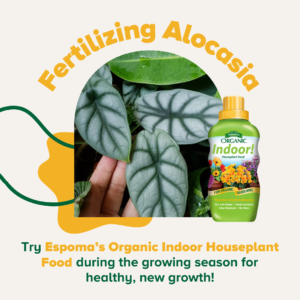
Fertilizing
Stick with fertilizing Alocasia during the growing season from Spring through Summer. Espoma’s Organic Indoor Houseplant Food is an all-purpose liquid fertilizer you can use every two to four weeks during the growing season for healthy, new growth.
Common Alocasia Problems
Alocasia plants can be prone to root rot, so it’s important not to over-water. To help prevent over watering, try keeping your Alocasia a bit more root bound. If your pot is too big, it’s much easier to give your plants too much water because it takes the soil longer to dry out.
Alocasia Dormancy Period
Most Alocasia varieties will go “half dormant” in the Winter, where they tend to look like they might be dying. You may even observe your Alocasia trying to flower, which really takes a lot of energy out of the plant.
But don’t worry! This is completely normal for Alocasia plants during the Winter months. Make sure to leave the yellowing leaves for the plant to absorb that energy back into itself, and your Alocasia should come back just fine in Spring. In the Spring, remove dead leaves and continue watering and giving it light and new growth should show up in no time.
Best Alocasia Varieties for Beginners
Two varieties of Alocasia for beginners are Alocasia baginda ‘Dragon Scale’ and Alocasia ‘Silver Dragon.’ Both do well indoors with bright, indirect light.
Best Alocasia Varieties for Advanced Plant Parents
Two Alocasia varieties that tend to be best for more advanced plant parents are Alocasia cuprea and Alocasia azlanii.
There really are so many wonderful varieties of Alocasia that any plant parent can find one to fit their needs!
*****
About Bloom & Grow Radio Podcast
Bloom & Grow Radio Podcast helps people care for plants successfully and cultivate more joy in their lives. Host Maria Failla, a former plant killer turned happy plant lady, interviews experts on various aspects of plant care, and encourages listeners to not only care for plants, but learn to care for themselves along the way.
About Our Interviewee
NSE Tropicals is well known for its large selection of hard-to-find anthuriums, philodendrons, and other unusual plants. Their online store is dedicated to bringing the odd, unusual, rare, exotic or seemingly unattainable to fellow collectors.
Enid Offolter of NSE Tropicals just released her new book, Welcome to the Jungle: Rare Tropical Houseplants to Collect, Grow, and Love. This book is all about unusual aroids and how to care for them. It profiles 50 plants that aren’t so common in the plant trade and you certainly won’t find at big box stores.
Follow Enid & NSE Tropicals:
Featured Products:


